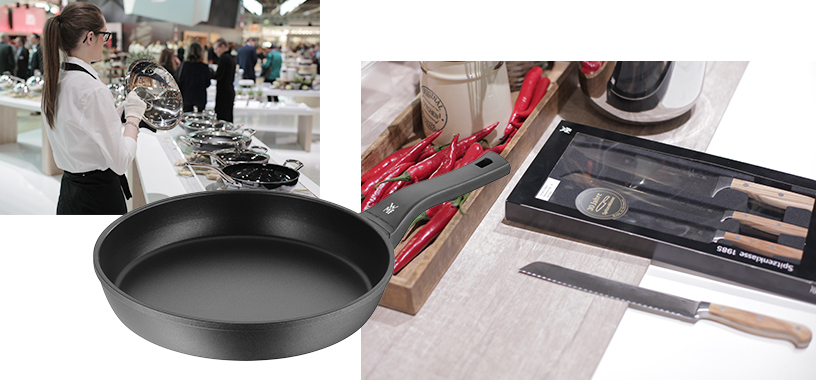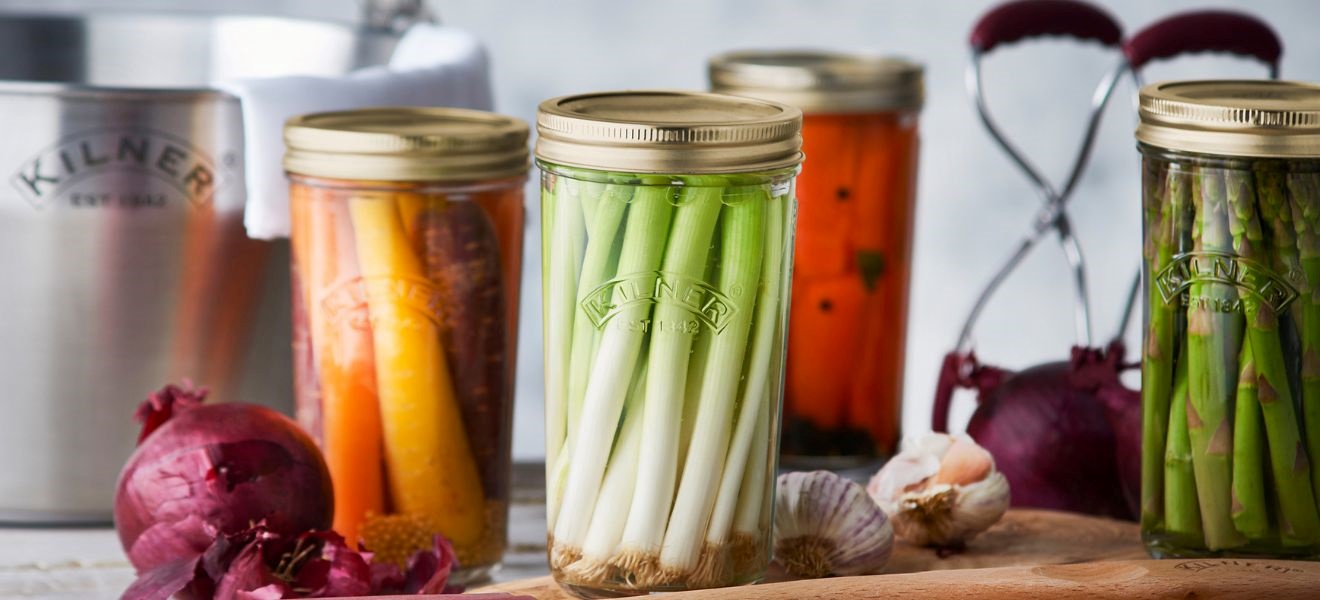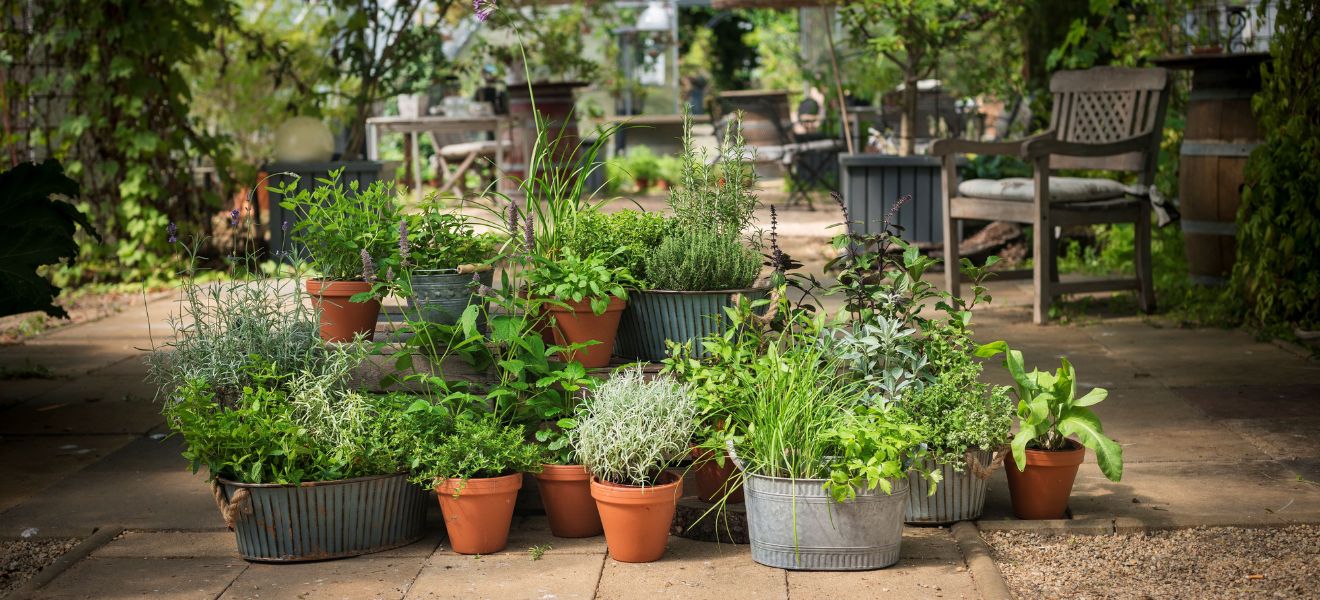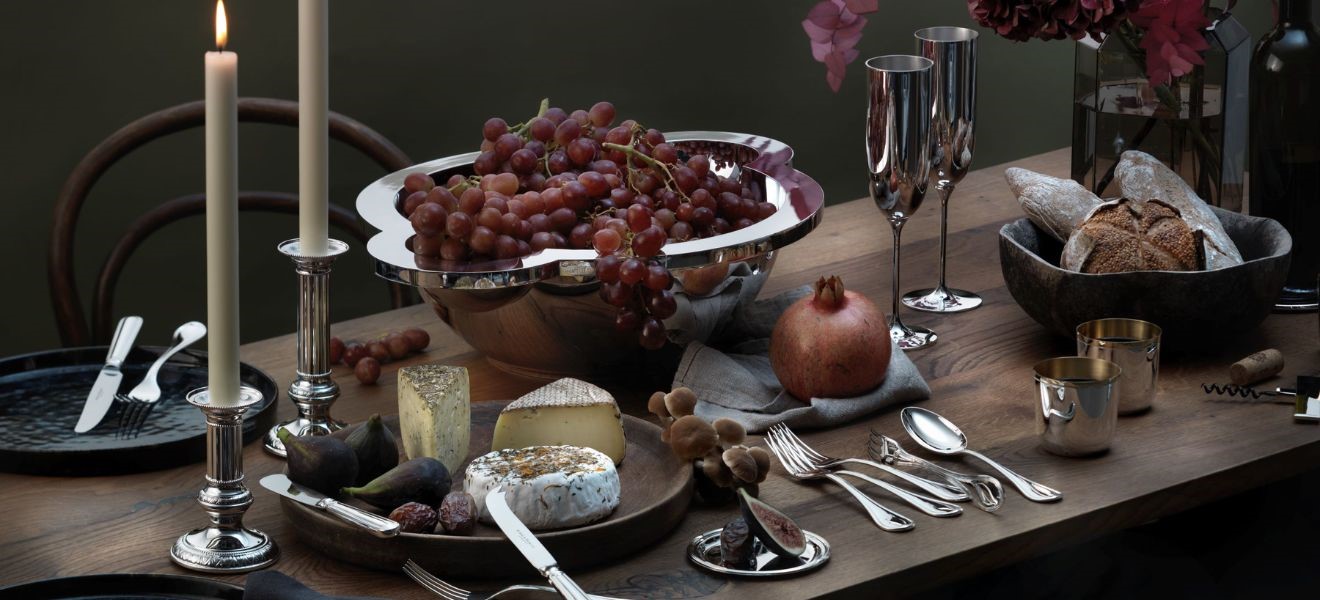Rejuvenated classics are in demand now as never before. Tools our grandparents used to conjure up great dishes are coming back around; it’s partly down to nostalgia but now they also incorporate modern technology. In the Ambiente blog, we go time travelling and examine some of these items.
What makes a design into a classic? Beauty is not enough. A classic must be built to last and embody values such as ambition, experience and confidence. Above all, a classic must be open to trends and new technologies. The kitchen goods at Ambiente 2015 were an Eldorado of modern classics: long-lived products reached a whole new audience. A certain ‘Magic Wand’ held great fascination. Nothing can stand in its way: it makes short work of fruit, vegetables, herbs and nuts. Can you guess who invented the stick blender and when? He was Swiss, and the year was 1954. This speedy device has been a firm fixture in kitchens ever since. With top technical features, slimmed down and decked out in trendy colours, this original is still a hit across the board.
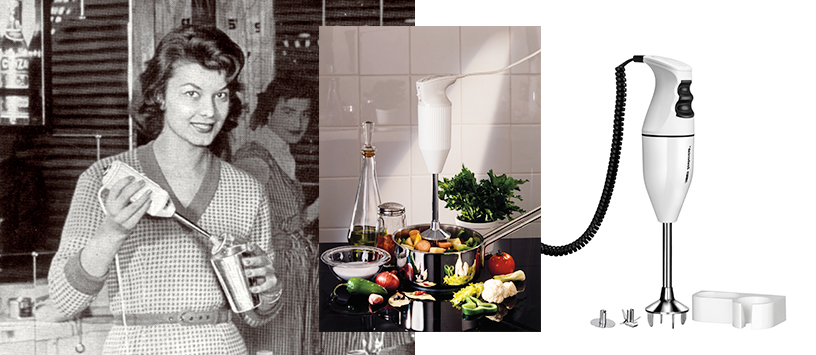
I recognise that!
Familiar forms, but in new colours and designs – this is a typical scenario for revival kitchen classics. Designers have taken the bread bin from the 1950s and 60s and improved that modest housewives’ dream, turning it into a bright treasure trove. Home goods manufacturer Wesco makes us all a bit nostalgic with its joyous tutti-frutti bin made of sheet steel. It’s great to see this new/old classic in a smaller, single-person version, easily big enough for a couple of crispbreads. Retro but revamped.

Velvet revolution
Redesigning a classic takes a sensitive approach: the original design language must be retained. At Ambiente 2015 we met an expert who plans to gently revolutionise contemporary cuisine with rejuvenated classics. We wanted to know more, especially as expert Stephen Schuster speaks for WMF, a company founded in 1853 which is synonymous with design tradition. You might call it old school. “Our brand is getting more emotional”, stated the marketing man in an interview.
Mr Schuster, in the 1950s people said “A woman’s best friend is her kitchen”. Generations of young married couples bought their kitchen equipment from WMF. They intended their marriage and household goods to last a lifetime. Wasn’t that a very emotional area to tinker with?
“The comprehensive wedding list and the trousseau are now outdated ideas. People no longer have two or three sets of cutlery in their drawer, one silver and two for everyday use. Especially in single-person households, the trend is clearly for high-quality everyday cutlery to suit every occasion. Our Evoque cutlery range is a good example of a new, modern reissue. Since 1950 the original shape has been in our range; now we have reinterpreted the cutlery – without losing its character and straight design. ‘Cromargan protect’ material makes it even more scratch resistant, so the cutlery retains its value for much longer. Nobody needs a full formal dinner setting every evening. Our research indicates that emotion, especially nostalgia, and an increased awareness of value for money play a key role in this market.”
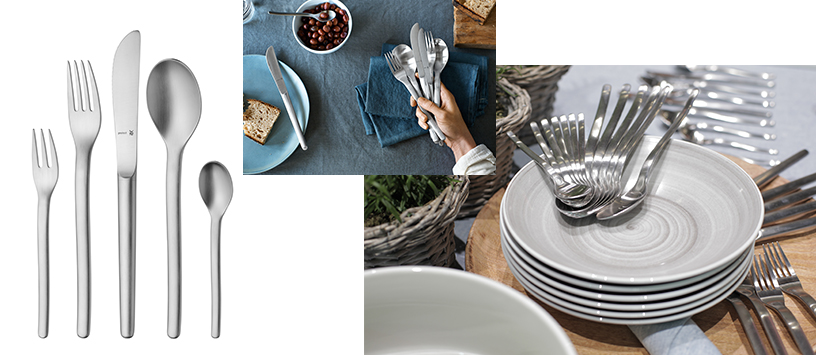
Mr Schuster, what does the cutlery of the future look like? Will an elegant traditional fork also be able to count calories in future?
“Quality will always last, but personalisation is also a huge trend. We therefore aim to offer a wide range of products. Matt surfaces and a combination of wood and stainless steel are currently very much on trend. New pans have increasingly sophisticated built-in thermostats, innovative knives are pushing traditional production techniques to ever greater perfection. Smart cutlery with calorie counters already exists, but we at WMF don’t offer it. At the moment it’s still a bit of a joke.”
